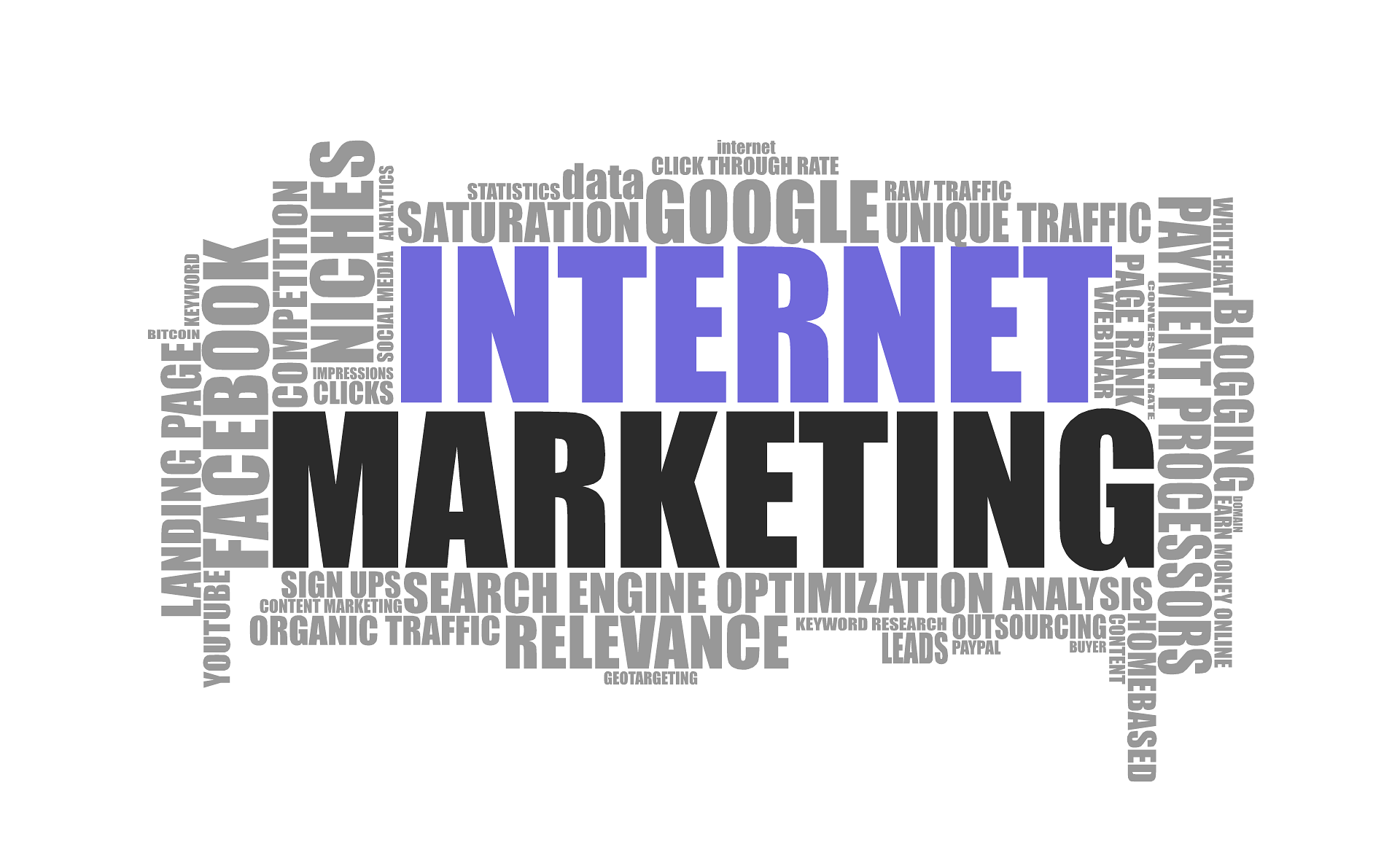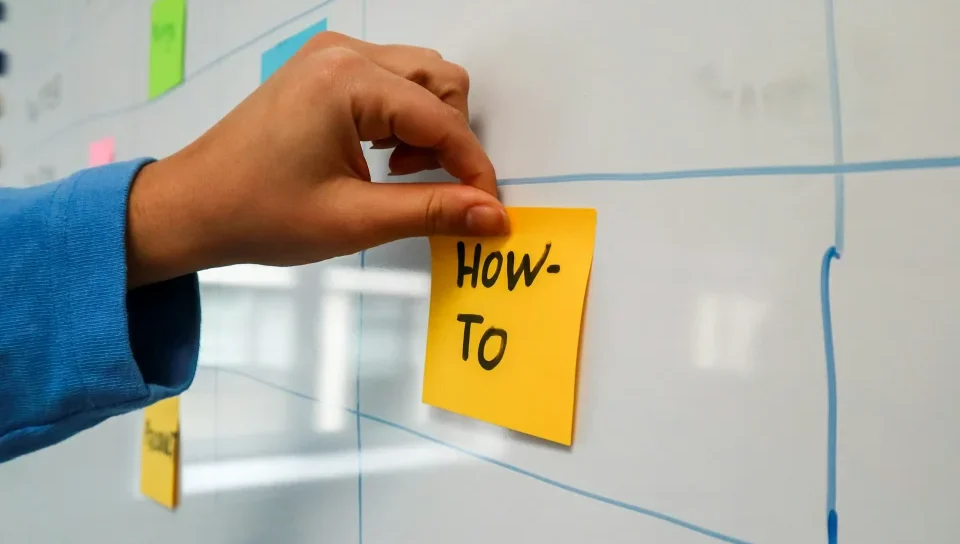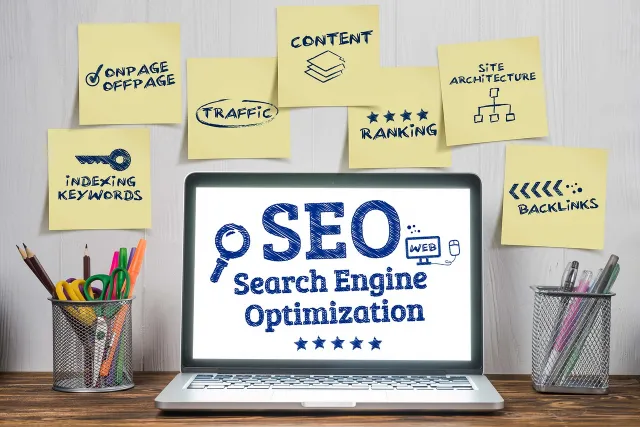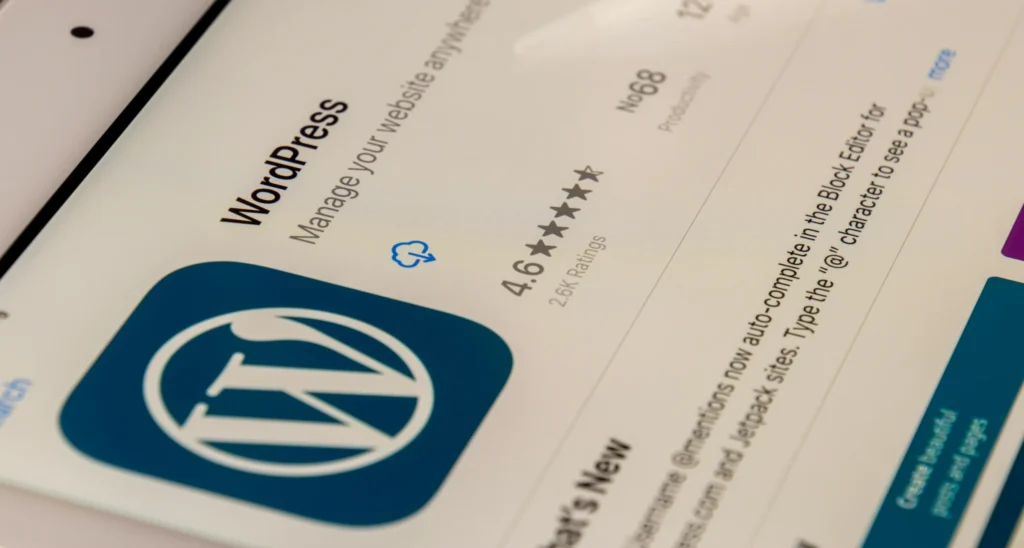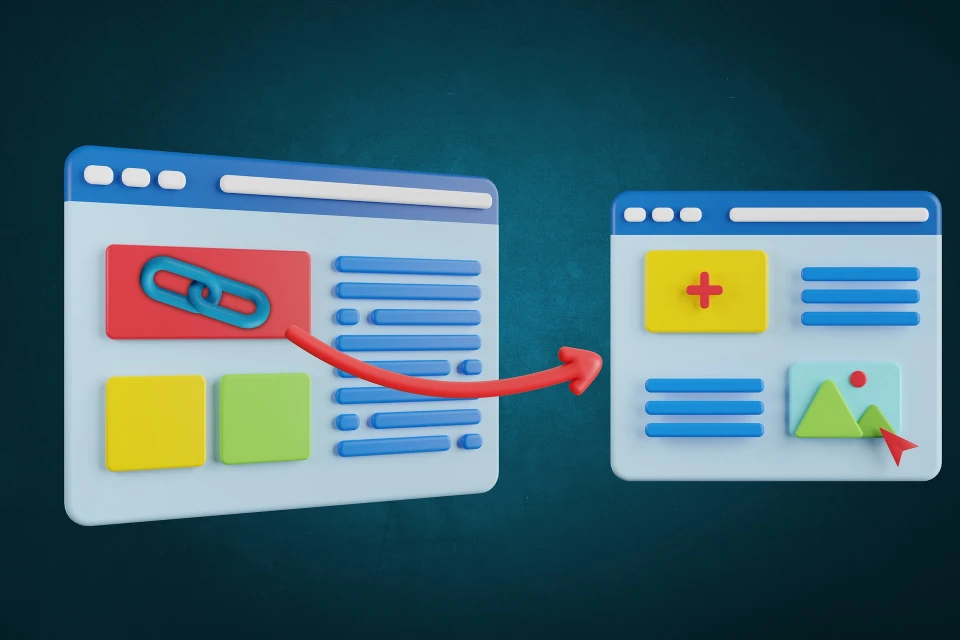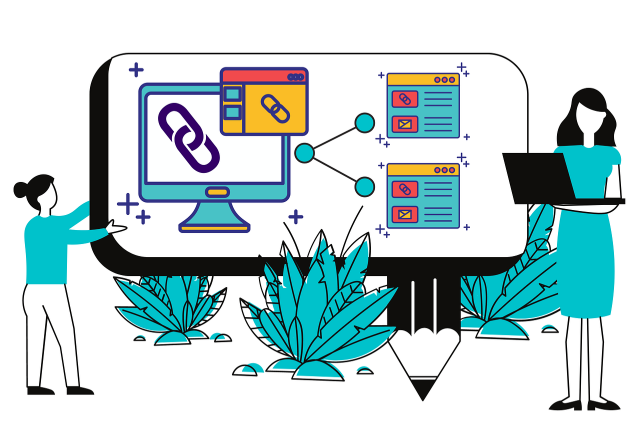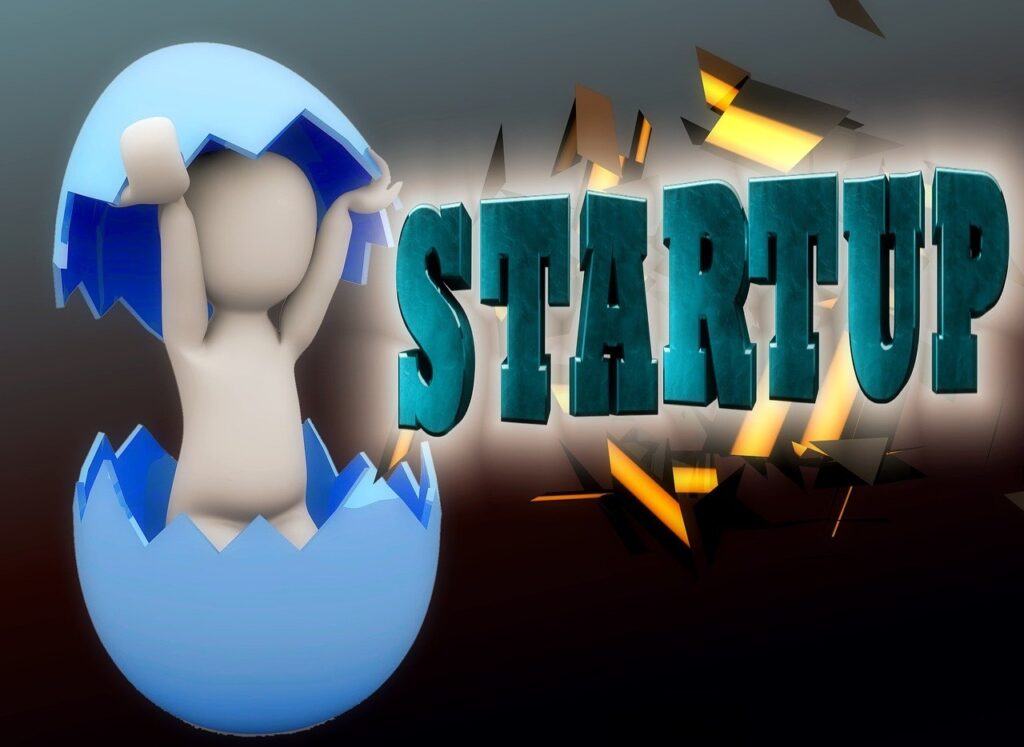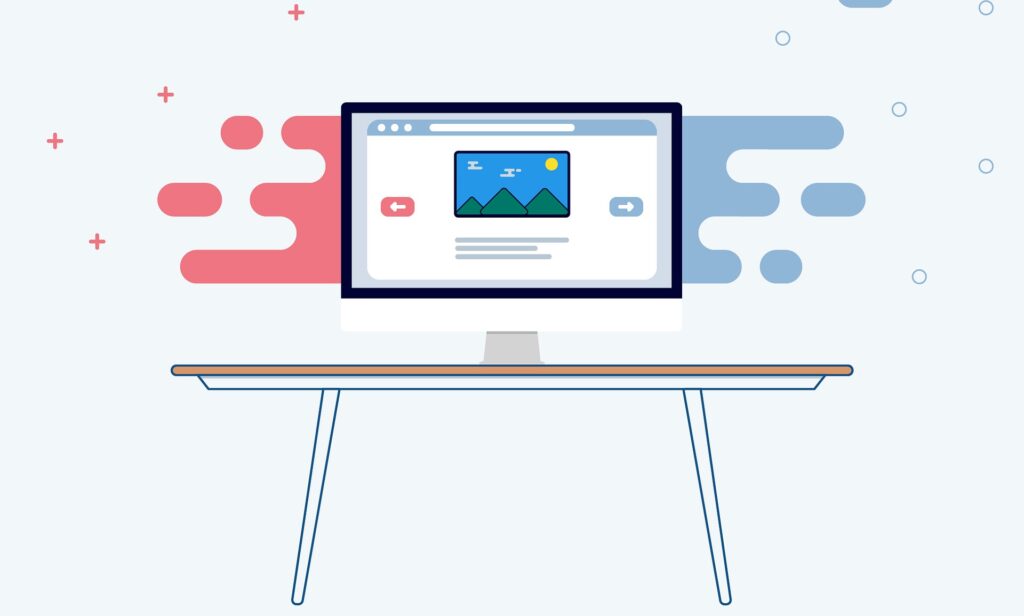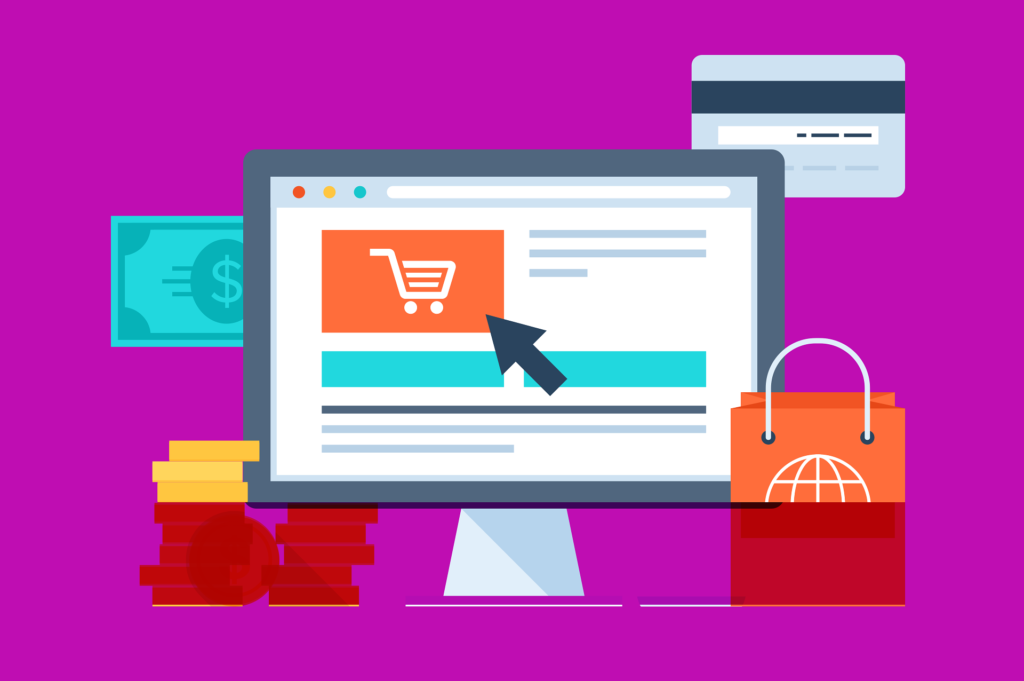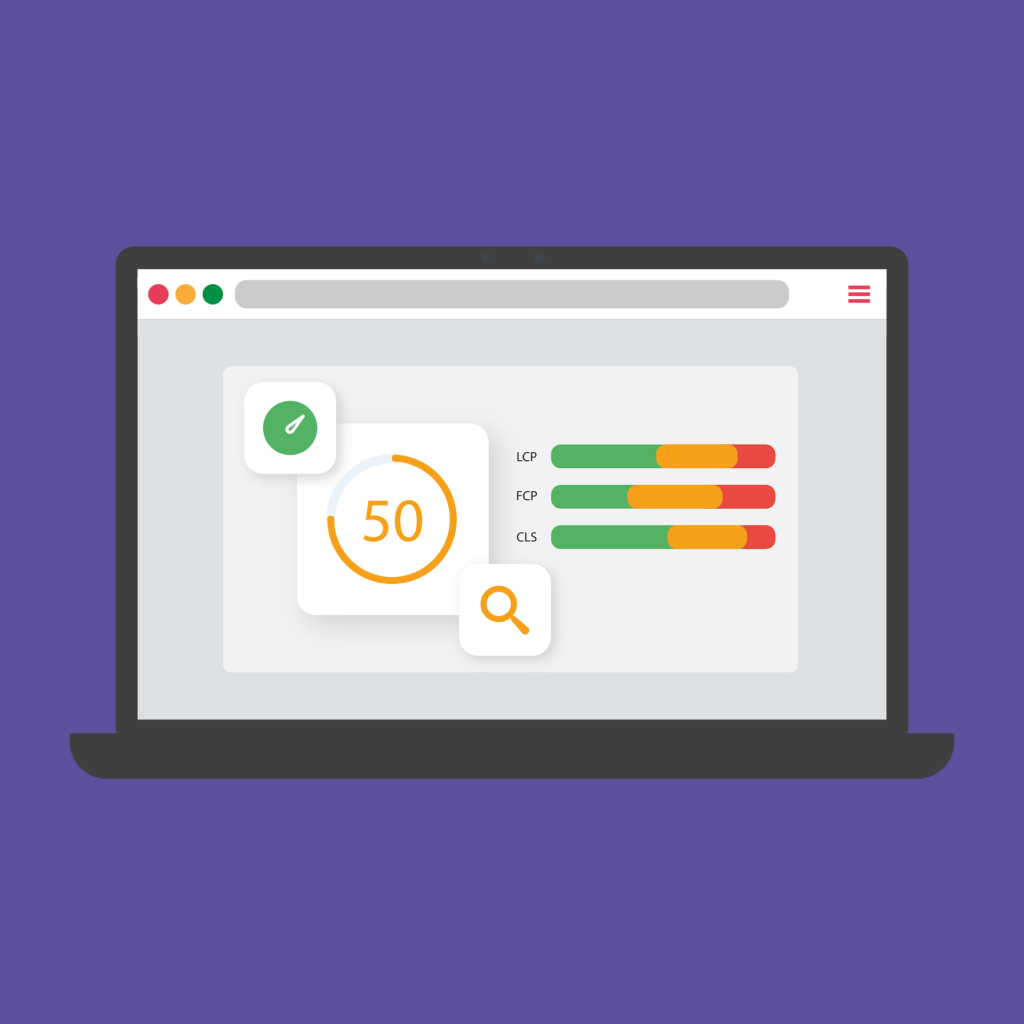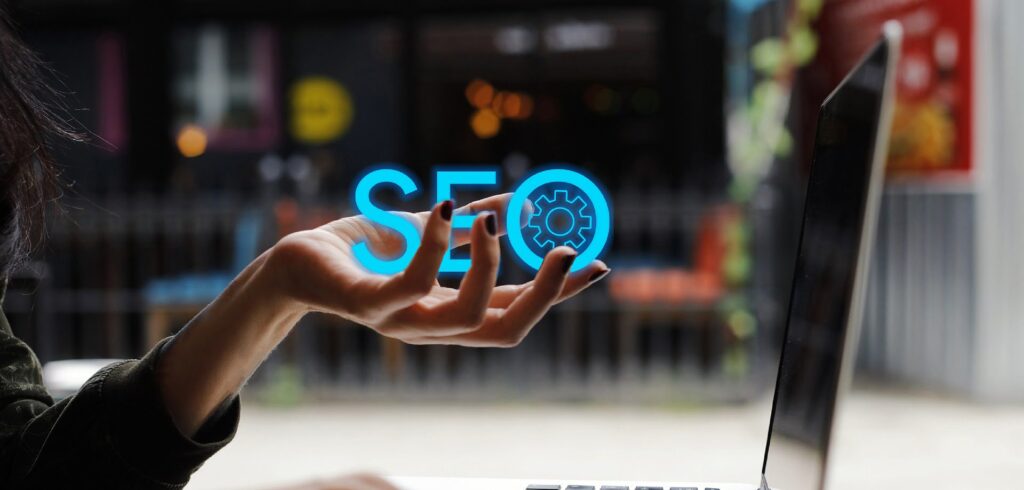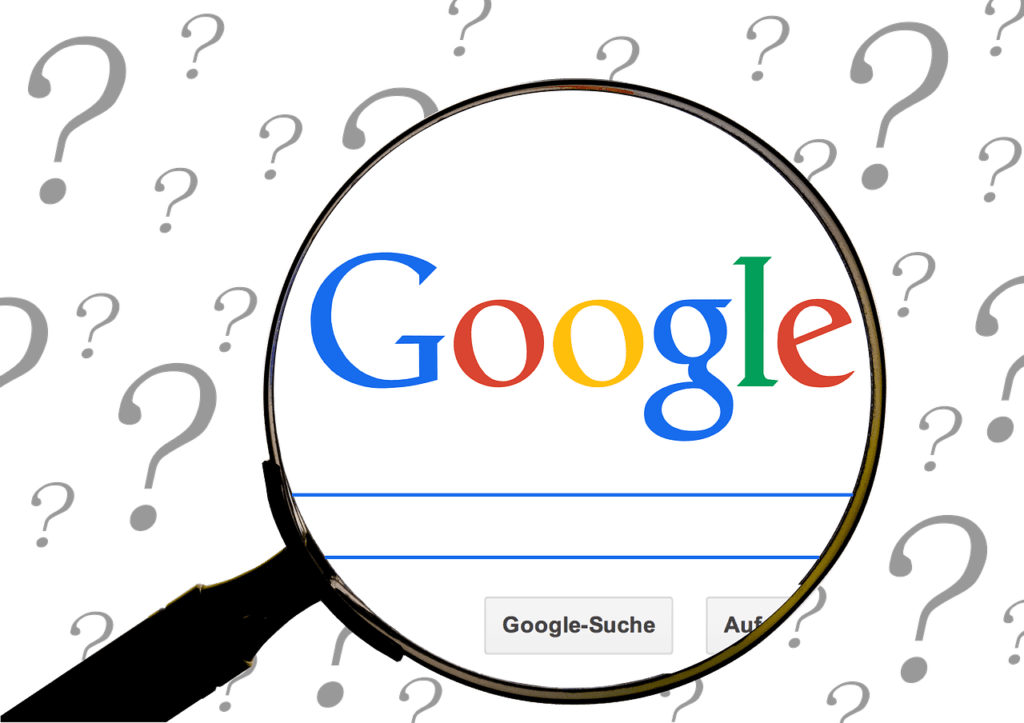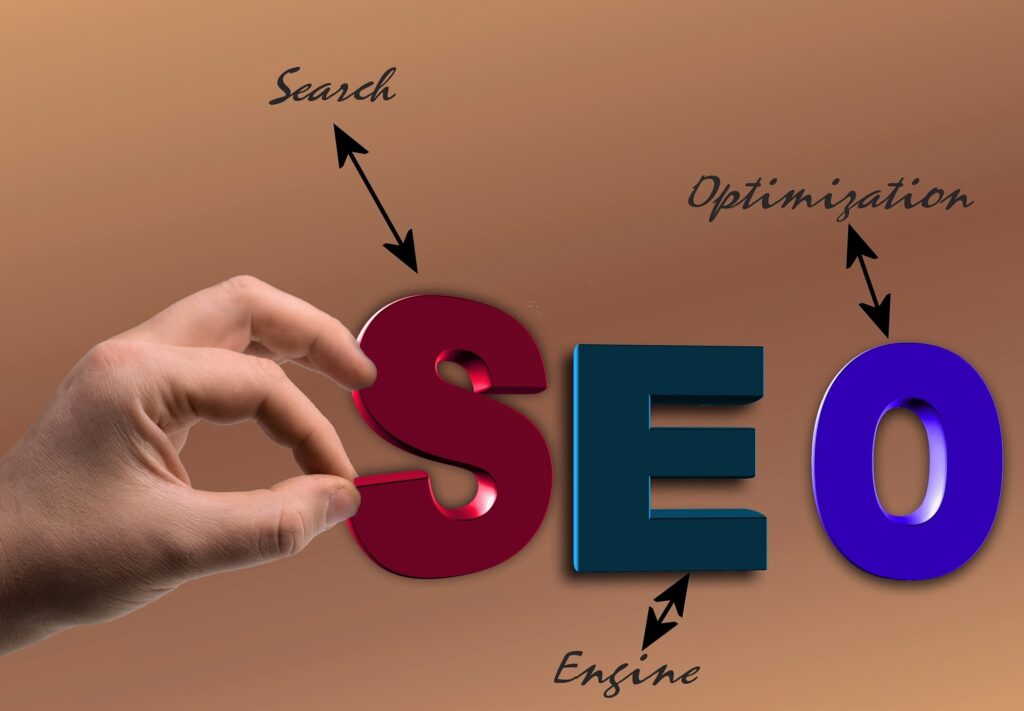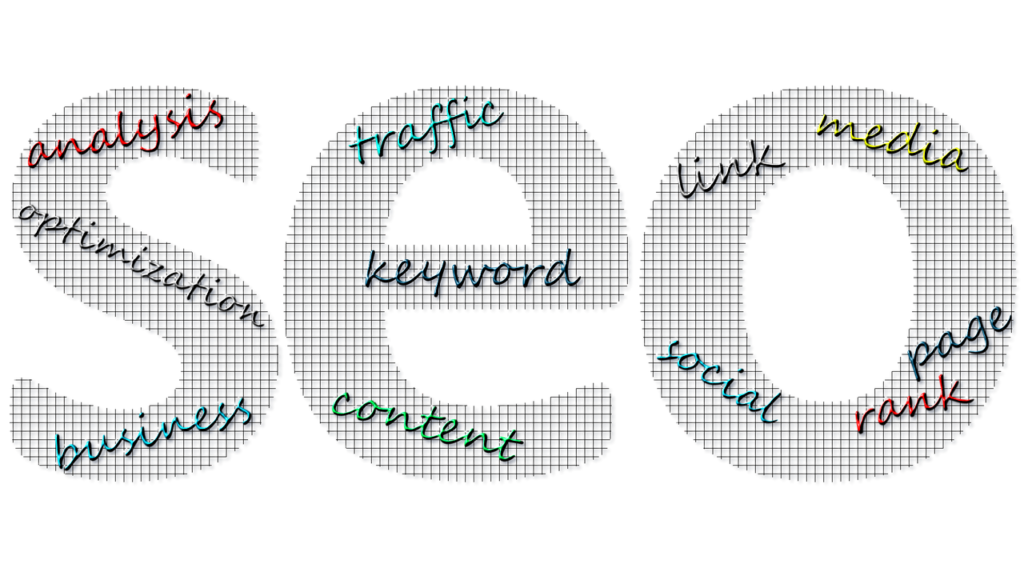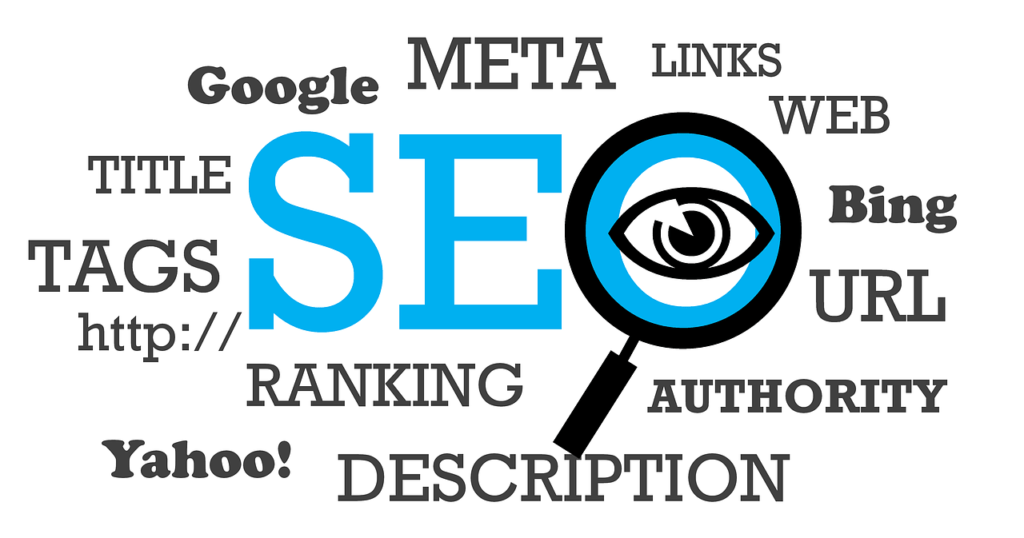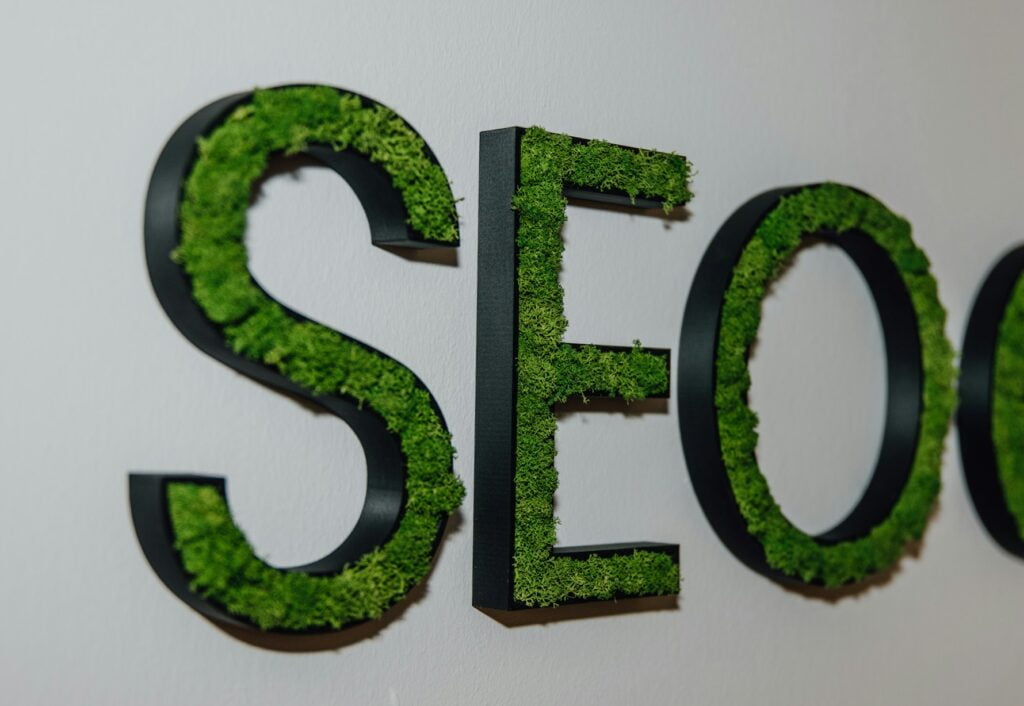Hey there! Today, we’re diving deep into the fascinating world of psychological triggers and cognitive biases that marketers like us use every day to influence purchasing decisions. Whether you’re a business owner looking to attract more customers or a marketer aiming to boost sales, understanding these psychological hacks can be a game-changer. Even if you’re just someone who loves to shop, knowing these tricks can help you navigate through the maze of marketing strategies out there.
1: The Halo Effect
Ever heard of the saying, “First impressions matter”? That’s exactly what the halo effect is all about. It’s the tendency to let our initial impression of something or someone heavily influence how we perceive them in the future. As marketers, this underscores the importance of making a stellar first impression. Whether it’s your website, your social media presence, or your storefront, that initial encounter sets the tone for all future interactions.
A positive first impression not only shapes customer attitudes but also helps build loyalty. It acts as a buffer against potential negative experiences down the road, making customers more likely to stick with your brand.
2: The Serial Position Effect
Here’s an interesting one: the serial position effect suggests that people remember the first and last pieces of information presented to them more vividly than the stuff in the middle. This is why crafting compelling beginnings and endings in your marketing messages is crucial. Start strong to grab attention, and finish with a clear call to action to guide your audience towards making a purchase decision.
3: The Recency Effect
People tend to give more importance to information they’ve encountered recently. This means that increasing the frequency of your marketing messages can significantly influence how customers perceive your brand. Combine this with the mere exposure effect, where familiarity breeds liking and trust, and you have a powerful recipe for boosting engagement and sales.
4: The Mere Exposure Effect
Simply put, the more often people see something, the more they tend to like it. As a marketer, this means maintaining consistent visibility across different channels. You don’t always need new content—repurposing and resharing your existing content strategically can achieve the same effect. The goal is to stay top-of-mind with your audience.
5: Loss Aversion
Loss aversion taps into our fear of missing out (FOMO). People are more motivated to avoid losses than to acquire gains. By creating scarcity or urgency in your offers—think limited-time promotions or exclusive deals—you can prompt customers to take action sooner rather than later.
6: The Compromise Effect
When faced with choices, people often opt for the middle-ground option. This is why offering a range of products or service packages at different price points can be effective. Positioning your preferred option as the “most popular” or “recommended” can guide customers towards making a decision that benefits both them and your business.
7: Anchoring
Ever noticed how the first price you see affects your perception of subsequent prices? That’s anchoring at work. By presenting a higher-priced option first, you make other options seem more affordable in comparison. It’s a subtle yet powerful way to influence purchasing decisions in your favor.
8: Choice Overload
Sometimes, less is more. When faced with too many choices, customers can feel overwhelmed and end up making no decision at all. Simplifying options and guiding customers through a clear decision-making process can alleviate this paralysis and lead to higher conversion rates.
9: The Framing Effect
How you frame your message can make a big difference in how it’s perceived. By emphasizing the positive aspects and benefits of your product or service in relation to your customers’ needs, you can increase its appeal and relevance. It’s all about presenting your offer in a way that resonates with your audience.
10: The IKEA Effect
Ever noticed how you value something more when you’ve had a hand in creating it? That’s the IKEA effect. Involving customers in the creation process—whether through customization options or feedback—can increase their attachment to your brand and offerings.
11: The Pygmalion Effect
High expectations often lead to higher performance. By treating your customers with respect and confidence, you can positively influence their behavior and loyalty. It’s about empowering your customers to believe in themselves and in your brand.
12: Confirmation Bias
We tend to seek out information that confirms our existing beliefs. By aligning your messaging with your customers’ values and beliefs, you can strengthen their trust in your brand. It’s about reinforcing what your customers already believe to be true.
13: The Peltzman Effect
People prefer low-risk options. Offering guarantees, testimonials, and establishing trust early in the customer journey can reduce perceived risk and encourage customers to make a purchase. It’s all about making your customers feel secure in their decision to buy from you.
14: The Bandwagon Effect
Humans are social creatures—we tend to follow the crowd. Showcasing social proof through testimonials and case studies can influence potential customers to trust your brand and join the ranks of satisfied customers.
15: Blind-Spot Bias
Perhaps the most intriguing bias of all, blind-spot bias refers to our inability to recognize our own cognitive biases. Even when we know these tricks are being used on us, they can still sway our decisions. As marketers, understanding these biases is crucial for using them ethically and effectively.
Understanding these psychological triggers and biases can give you a powerful edge in crafting marketing campaigns that resonate with your audience’s subconscious motivations. By applying these principles thoughtfully, you can build trust, drive engagement, and ultimately, boost your business’s growth.
So, which of these triggers resonates with you the most? How might you apply them to your own marketing efforts? Share your thoughts below—I’d love to hear from you!
And if you found this article helpful, don’t forget to give it a thumbs up and share it with your fellow marketers and business owners. Until next time, happy marketing!

